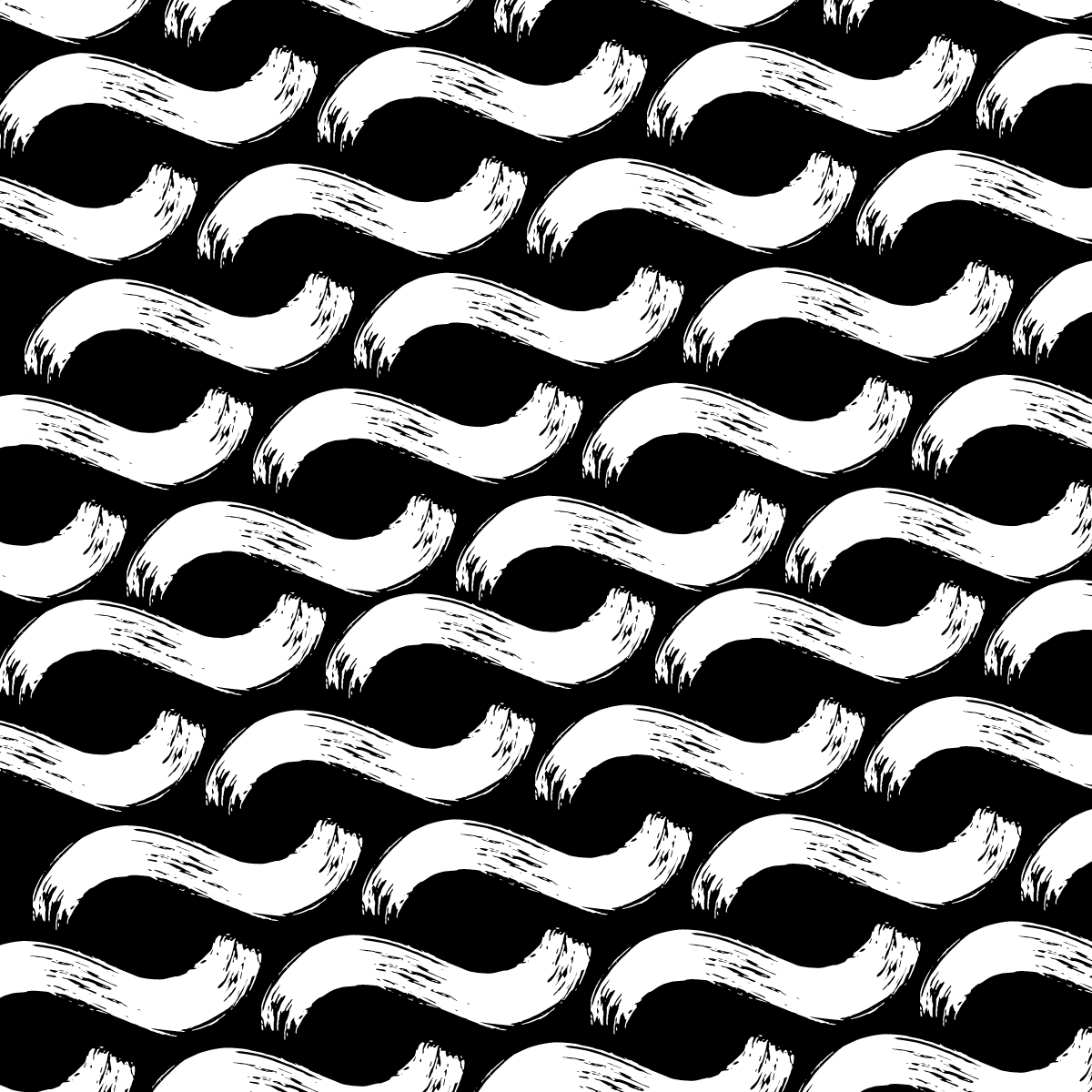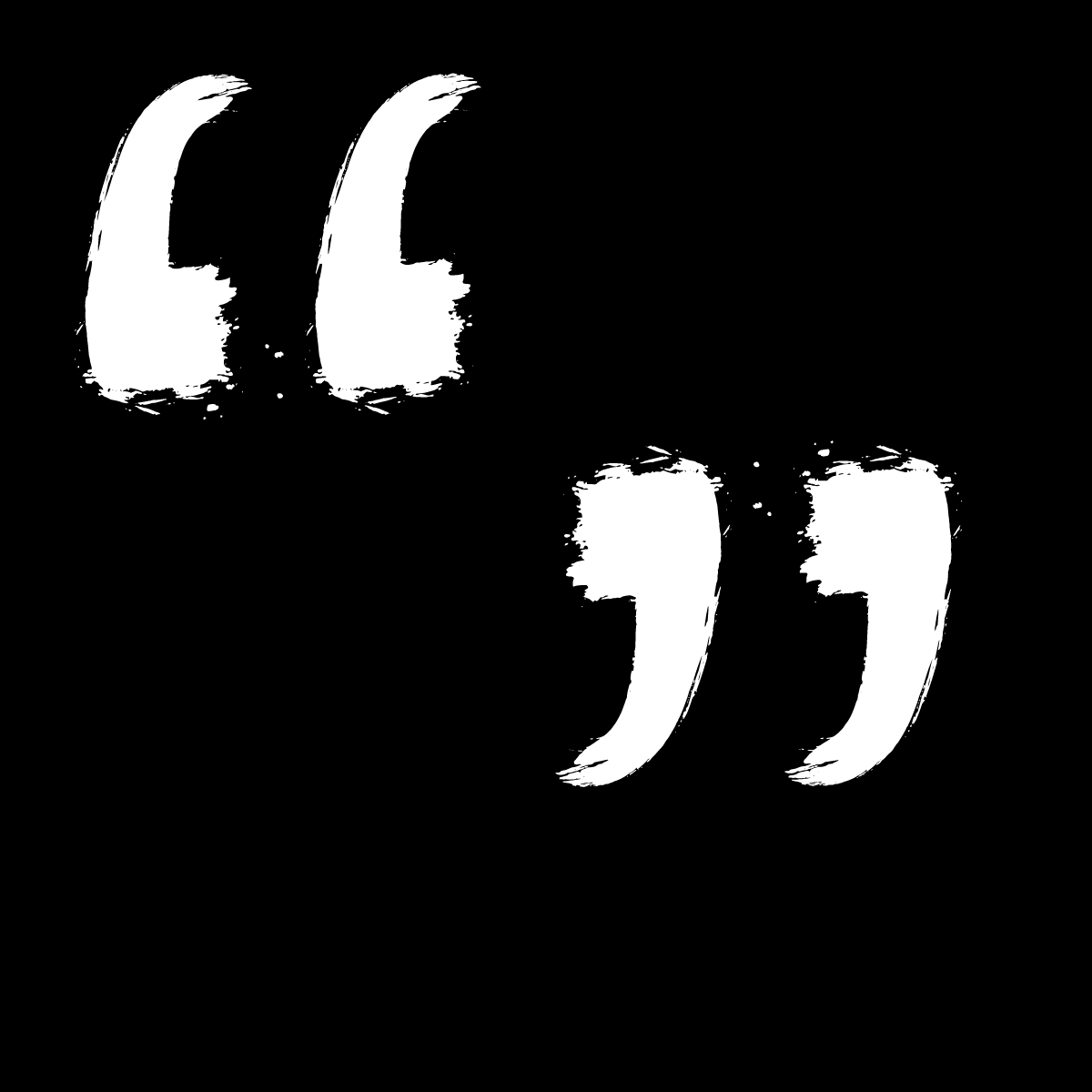Drop the Hyphen in Racial and Ethnic Identifiers
Drop the Hyphen
in Racial and Ethnic
Identities
There is a time and a place for the hyphen, and it is not to be overused
Dylan Dartnell
The hyphen has come under scrutiny once again at the 2019 American Copy Editors Society (ACES) conference. Though it has been used unanimously as a binding element, it has been argued by well-regarded editors that the seemingly trivial hyphen does come with its limitations when concerning racial and ethnic identifiers. The purpose of this primer is to discuss those limitations and demonstrate how bicultural writers and voices choose to express their heritage—their identity—on the page by using it or dropping it. It is not to say the hyphen no longer has a place in our language but, as with anything, there is a time and place for it. Eric Liu, one of the authoritative voices on the subject, reminds us that words have power, but so too does punctuation. Do not underestimate the significance of the hyphen. This primer will focus on the personal essay of Chinese American Eric Liu, and the case studies exploring the Tibeto-Chinese diaspora and the Greek and Turkish intersections of a divided Cyprus. To remain a balanced argument, the primer will also explore the defending argument to keep the hyphen in such a context—particularly, focusing on the fear of dismissing a history of prejudice.
Before the primer launches into the conversation set on the ACES stage, it is worth reminding ourselves about the function of the hyphen in the English language. Simply put, ‘hyphens can be an important device to avoid ambiguity’. They play a role in forming words with prefixes (e.g. anti-, neo-) and suffixes (e.g. -ish, -able), but—and more pertinent to the discussion of this primer—they play an integral part in compound words, specifically compound nouns and adjectives.
“Hyphens can be an important device to avoid ambiguity.”
In regards to compound nouns, ‘two are regularly hyphenated: expressions in which each element has equal status, and expressions which the elements rhyme’ (e.g. city-state, hocus-pocus). In regards to compound adjectives, such as bitter-sweet or accident-prone, ‘the expression is hyphenated no matter whether it precedes or follows the noun it is describing’. These definitions are interesting to bear in mind when we consider the lack of ‘equal status’ in citizenship of bicultural individuals and how Liu, as the primer will demonstrate, chooses to view his ‘Chineseness’ as an adjective rather than a noun.
Hyphens, as described by the Queen of Commas, Mary Norris of The New Yorker, have the sole purpose of clarity. Typically, hyphens act as the element that binds an adjective and a noun together to form a compound noun, but, in a discourse concerning racial and ethnic groups, the hyphen does little to connect. Norris reports on Furhmann’s address to the 2019 ACES audience, who says, ‘their use in racial and ethnic identifiers can connote an otherness, a sense that people of color are somehow not full citizens… [sic]’. As the former copy chief of the L.A. Times, Henry Fuhrmann has echoed the voices and writers of bicultural heritage of the last 60 years and implored his online and live audiences to drop the hyphen.
Henry Fuhrmann’s tips for writing more sensitively when addressing racial and ethnic identifiers:
Start by asking whether references to race or ethnicity are essential to the story. If not, then omit them.
Refer to people by the terms they choose.
Eric Liu, former speechwriter to the Clinton administration, wrote in his essay, ‘Why I Don’t Hyphenate Chinese American,’ renouncing the idea that punctuation plays a passive role in the expression of identity:
The hyphenated form, ‘Chinese-American,’ to me signifies a transaction between two parties, as in Chinese-American diplomatic negotiation or Chinese-American commerce and trace. The hyphen implies a state of interchange across nations. It does not name a person, much less a citizen.
Instead, the lack of hyphenation means that ‘American’ remains the noun and ‘Chinese’ the adjective or, in his words, ‘one adjective’. Although this example applies directly to those who refer to themselves as Chinese Americans, the adjective-noun identifier allows anyone of a bicultural heritage to claim citizenship to the country to which they feel they belong and allow for a more nuanced interpretation of what it means to be of that country. Again, to put it in Liu’s own words:
I call myself ‘Chinese American’—without a hyphen. American is the noun, Chinese the adjective … I am many kinds of American, after all: a politically active American, a short American, an earnest American, an educated American [sic].
The hyphen jeopardises the feeling of belonging by maintaining the compound-noun form. Although it attempts to connect different cultures, authoritative voices, such as Fuhrmann and Liu’s, suggest that it also succeeds at keeping the two distinctively separate and denies the fullness of expression and complete integration within the wider community.
Tso, in a second case study, explores the limitations of the hyphen in the work of three Chinese Tibetan writers. Tso outlines the displacement the Tibetan people experienced when the Chinese Communist armies took the country over in 1959. The Chinese government broke up and reorganised the traditional territory of Tibet, disintegrating and amalgamating certain territories to form larger Chinese provinces. Tso argues that the dislocated people of former-Tibet have a fraught and complex journey back to what is left of their country.
Tso links this cultural fracture and the experience of Chinese Tibetan poet, Woeser. In her collection Tibet’s True Heart, Woeser articulates the hyphen in her identity as a ‘psychic split of her sense of selfhood’. Woeser impregnates the hyphen in her Tibeto-Chinese with the horror of China’s invasion of Tibet and her familial story of diaspora. The hyphen is intentionally used to signify the racial impurity and the moral shortcomings Woeser admits to experiencing. Tso identifies that by Woeser ‘drawing binaric oppositions between Tibet and China on ontological differences of racial essence, she virulently rejects her Chinese heritage to seek an absolutist belonging with Tibet … she adopts Tibetan cultural identity in an act of solidarity [sic]’. In this example, the reader can begin to empathise with the complexities of diaspora, but also with the profundity of Furhmann’s comments on the hyphen. Though he discusses its limitations in conveying the nuances of a bicultural heritage, Woeser subverts the tension of the hyphen to amplify the chaos and emotion of her experience—and the lives of countless others—through her poetry. However, this example does not serve as an appropriate justification to keep the hyphen in racial and ethnic identifiers. If anything, it highlights Fuhrmann and Liu’s argument that the hyphen doesn’t name a person let alone a citizen. Woeser strategically uses the hyphen to accentuate the separation between Tibet and China and the desire to distance herself from the reality of her country’s history.
Naturally there has been some trepidation among scholars to drop the hyphen, particularly among teachers of school-aged children. In a case study carried out over a twenty-year period in a divided Cyprus, Greek-Cypriot students categorise and understand the labels ‘Greek’, ‘Turkish’ and their hyphenated versions. The hyphenation enables these children to conceptualise the intersectional identities of themselves and their peers. On paper it illustrates the children’s ability to ‘cross the border’ and allow for a more nuanced understanding of both ‘self’ and ‘other’. According to the authors of the study, the presence of the hyphen ‘is an important conceptual tool in addressing how young people understand, process and question the complexity of ethnic identities’. It is the most basic and literal way of representing the intersection and opens the conversation for wider political and personal engagement. However, Christou and Spyrou record the students’ curiosity to ‘resolve the hyphenated ethnic and national identities’ and categorise communities of people into ‘us’ and ‘them’. This, of course, promotes a problematic lens of engagement and fuels the division of an already conflicting Cyprus.
In addition, Jack Wilson reports on the experience of a bicultural teacher, known in this study as Nissila, and her students in the context of an American classroom. Nissila acknowledges her role as a teacher to facilitate conversations regarding race and identity, especially as she and her students consider their place within the United States. She says, ‘we do not and cannot hide diversity to become one. We can, however, tell our beautifully complex stories, acknowledging what they have in common and what is different’. By removing the hyphen, she fears there is something about the history of ‘otherness’ that is ‘rendered incomprehensible’. Furthermore, Nissila says, ‘this nation has constructed American identity as white, and we are having some struggles getting over that … The goal is integration. We can be and are different, but ideally we are integrated into society.’
The aim of this primer was to discuss the hyphen and its ability— and inability—to communicate racial and ethnic identity. By no means is it a new conversation, but it has certainly gained momentum in recent months during Fuhrmann’s keynote speech at the American Copy Editors Society conference where he appealed to those in attendance, and the wider editing community, to drop the hyphen when referencing an individual or groups of people of a bicultural heritage. He also provided a couple of simple and practical tips that will enable editors around the world to publish more sensitive material. In order to build a more diverse and inclusive industry we should be encouraged simply to refer to people as they identify. We should be seeking opportunities to empower our global citizens to express the fullness of their identity rather than be reduced to separate entities caught in the chaos of diaspora. That is why Tso’s work and his comments on Woeser’s poetry were fundamental to arguing for the case of dropping the hyphen. The reader gets a direct insight into the diasporic experiences of the poet and how she subverts something as seemingly trivial like the hyphen to communicate the fracture of her sense of self and the history of the Tibetan people. Though other scholars and teaching professionals have found the hyphen a necessary tool in facilitating conversations concerning identity in the classroom, Christou and Spyrou have also documented that the hyphen poses as a problem to be solved and has, therefore, furthered the oppressive practices of ‘othering’. By the simple act of eliminating the hyphen in racial and ethnic identifiers we are broadening our scope of the nuanced and complex identities of our global population and, more to the point, celebrating these differences.







